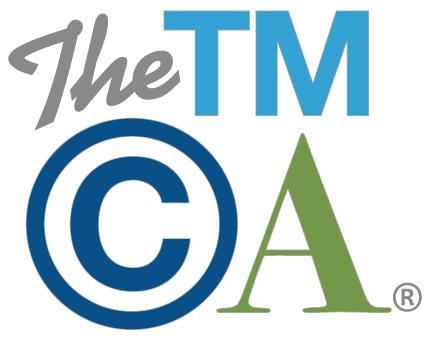Graffiti Artists Tag Camuto Fashion House for Copyright Infringement

Earlier this month, four Los Angeles-based graffiti artists, “Rime,” “Host18,” “Taboo” and “Reme” filed suit against the Vince Camuto fashion house and related entities alleging copyright infringement for “inexplicably featur[ing] Plaintiffs’ murals” as “the centerpiece of a marketing campaign for their Spring/Summer 2017 line [ ] without Plaintiffs’ knowledge or consent.” According to the complaint, Camuto launched the marketing campaign in “video, and still imagery featuring the Murals,” “social media accounts,” and on “various fashion websites.” The Artists believe that Camuto’s “exploitation of Plaintiffs’ work, brand, and persona damages their reputation.” Further, the Artists allege that they have “sustained significant injury and monetary damages” as a result of Camuto’s use of the various graffiti murals as part of the new marketing campaign.
While not the first case of its kind, it is the latest in a trend of cases initiated by graffiti artists. In 2007, the author of the book Tattooed Walls faced a suit by a dozen New York graffiti artists after the author included hundreds of images of graffiti art in the book without permission. In 2013, Father and son artist duo, Jim Phillips Sr. and Jimbo Phillips, sued Jeremy Scott after Scott showed a collection during New York Fashion Week 2013 that used imagery nearly identical to the Phillips’ work created for skateboard decks. In 2016, the estate of Dash Snow, a New York-based contemporary and graffiti artist, sued McDonald’s for “inexplicably [ ] using Mr. Snow’s artwork as décor in hundreds of McDonald’s restaurants, and are using his name and signature in a manner suggesting that Mr. Snow created all of the surrounding artwork (which adorns the entirety of McDonald’s graffiti themed restaurants).” Lastly, in 2015, Rime, one of the plaintiffs in the Camuto lawsuit, sought an injunction and damages against Italian designer Moschino and its creative director, Jeremy Scott, after Scott used elements of Rime’s “Vandal Eyes” mural he painted on a Detroit building in 2012. In their motion for summary judgment, Moschino and Scott argued “[a]s a matter of public policy and basic logic, it would make no sense to grant legal protection to work that is created entirely illegally” because “[b]razen and willful violations of the law cannot, and, indeed, should not result in the award of copyright privileges.”
Moschino and Scott’s argument presents an interesting question: should it matter where a work is displayed?
Under the plain language of the Copyright Act, graffiti receive automatic copyright protection regardless of where the art is placed. Copyright protects any original work of authorship fixed in a tangible medium. As long as the art is not a copy, graffiti is an original work of authorship and, when placed on a wall, generally meets the requirements for copyright protection. Further, the plain words of the Copyright Act do not place any restrictions on copyrightability based on the location or placement of art. But according to Moschino and Scott, graffiti is an unsanctioned form of expression that should not be protected if created illegally. However, would it be fair to allow Moschino and Scott to promote their brands and profit from this “illegal” art? In this author’s view, no, it is not: regardless of the type of art or artist or the medium on which the art is displayed, companies and brands should respect the rights of the original artist.








